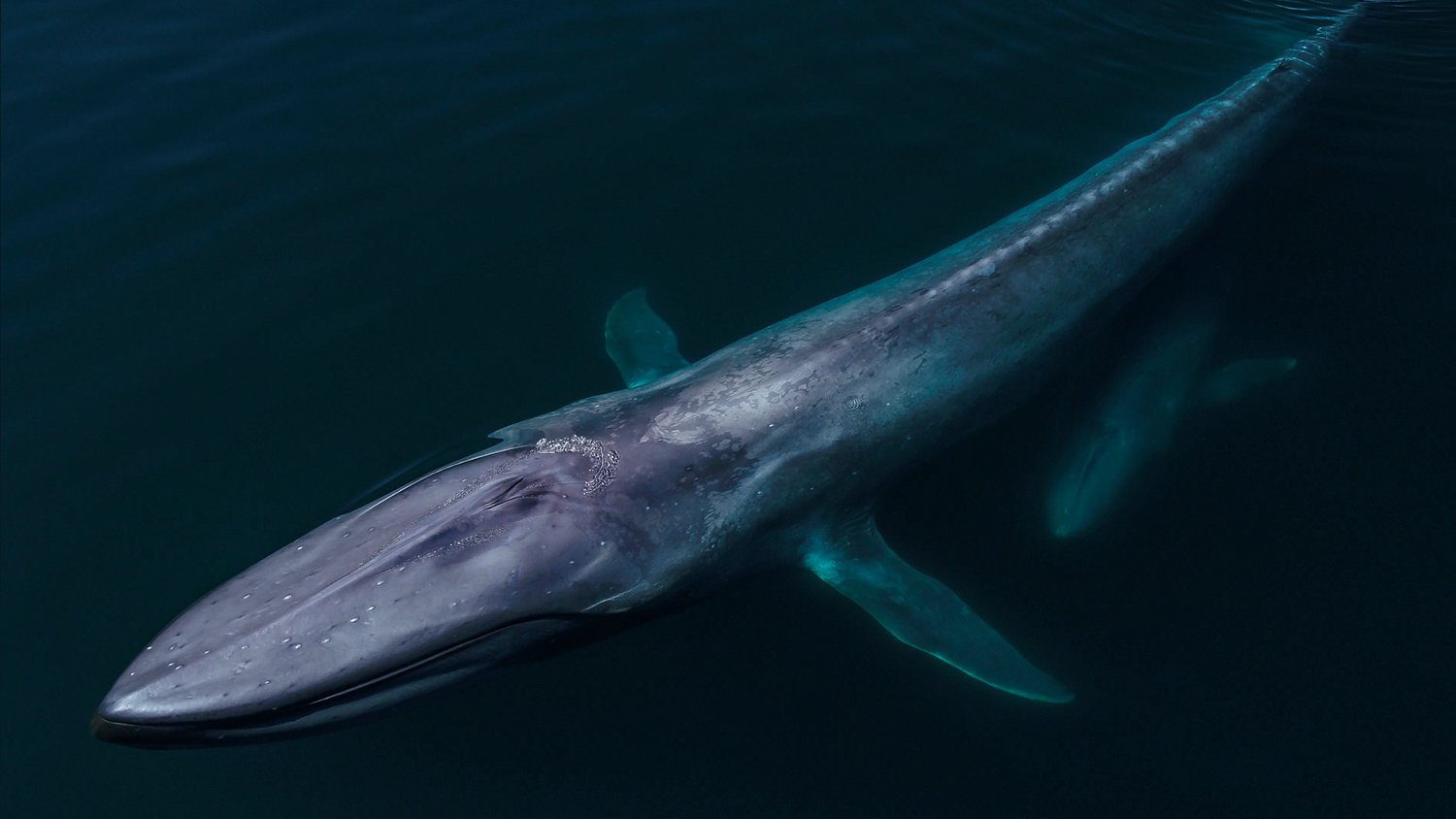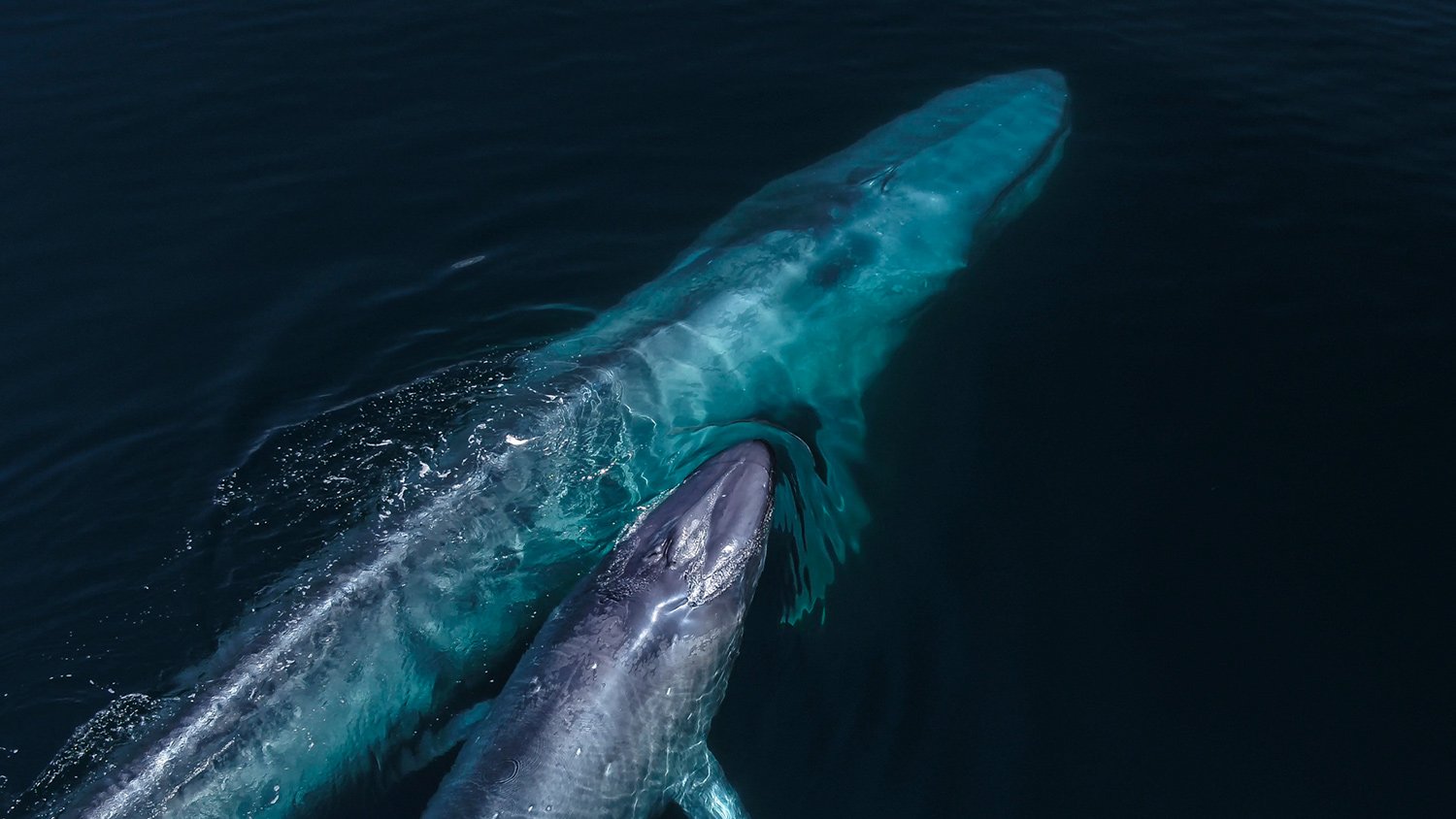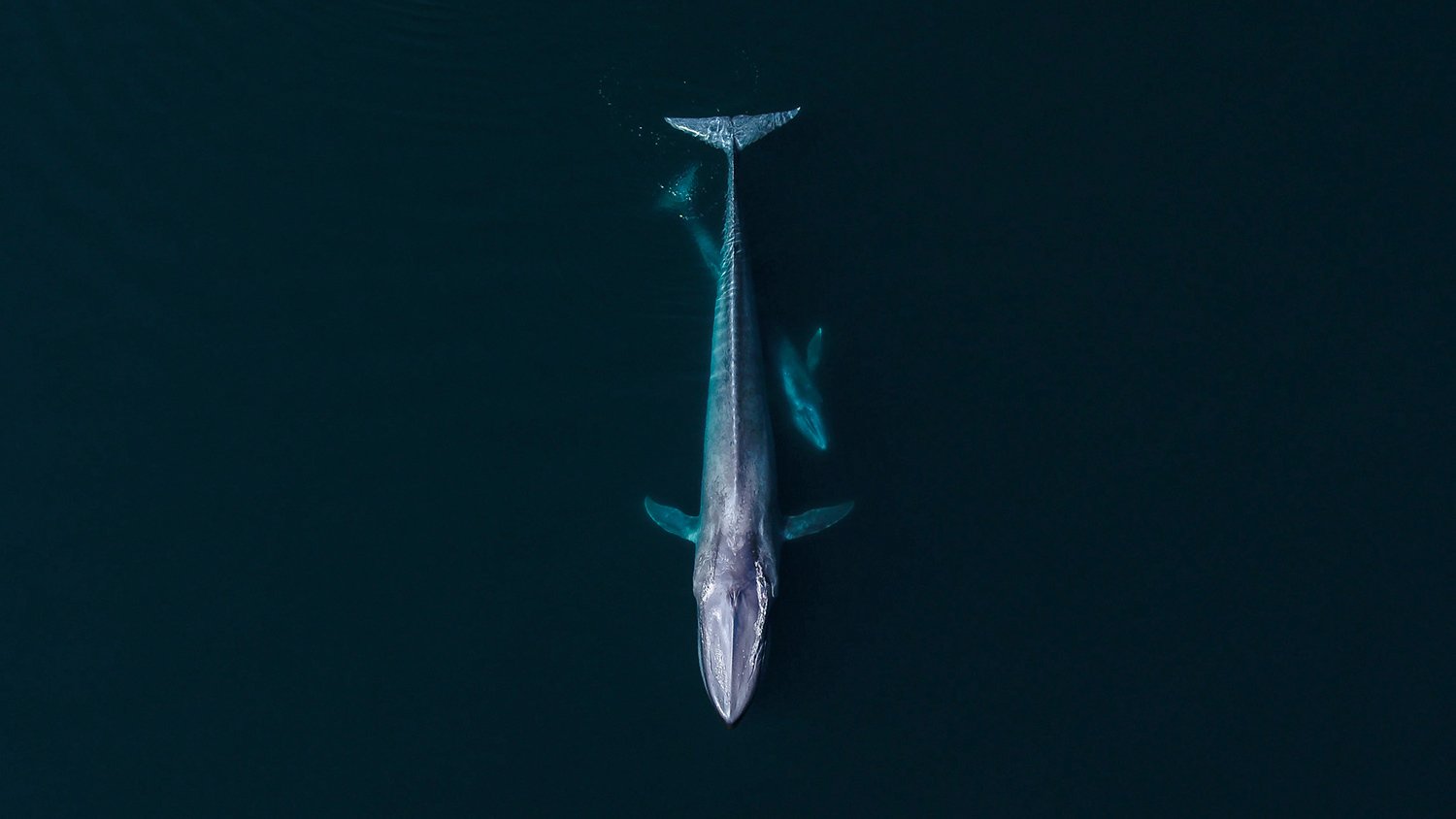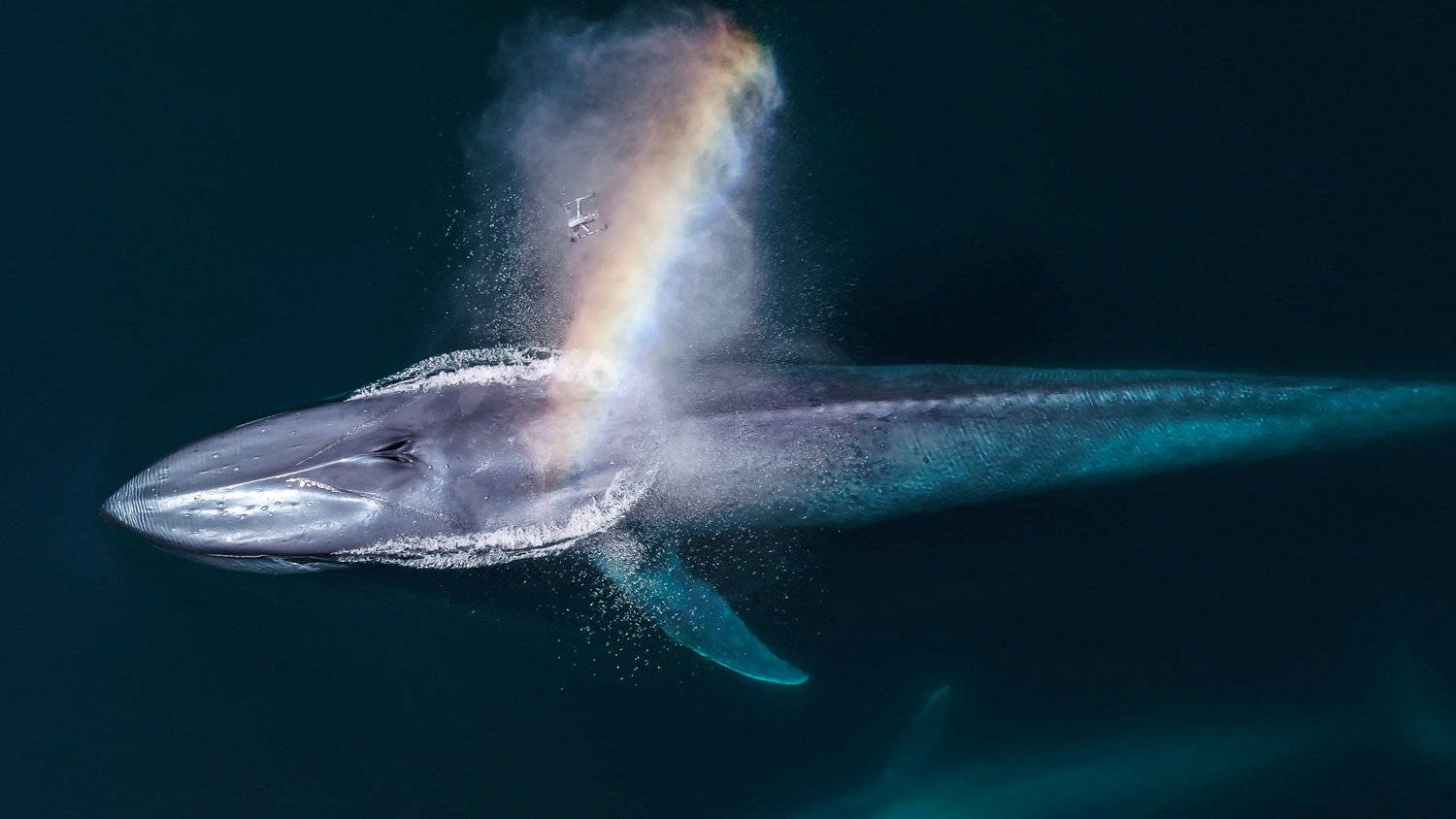Parley SnotBot® diary: Sea of Cortez
Reporting from the first Parley SnotBot® expedition of 2018, project leader Dr. Iain Kerr explains how drones are transforming the way we study whales – and how to get their poop through customs.
“Our oceans are vast, and to understand them we need data sets which reflect vast areas.”
Dr. Iain Kerr, Chief Science Officer, Parley SnotBot®
We are now back home after two weeks out on the Sea of Cortez and on the shores of San Ignacio Lagoon – a place I urge all of you to visit. It’s a bumpy road to get there and the accommodation is basic, but it’s one of those special places where land and sea meet, and wildlife abounds.
We were there to test the newest addition to our drones for whale research program, Parley SnotBot®: the FlightWave Edge. All of our drones so far have been multicopters: ones that hover on engine power alone. This one is an innovative vertical take-off and landing fixed-wing drone that transitions into regular flight after take-off. That means it can stay aloft far longer and cover more water.
We think that one of the most significant applications of drone technology in marine mammal science and conservation will be the use of cameras on affordable unmanned fixed-wing drones to conduct distribution and abundance surveys. Our oceans are vast, and to understand them we need data sets which reflect vast areas. In general, marine mammal scientists are only able to study the animals around them – within visual range. What about the animals beyond this range?
One of the many goals of the Parley SnotBot® program is to develop systems and protocols to facilitate the best use of these tools by others. With us now embarking on our seventh expedition you might have thought that we would have everything pretty much sorted out by now – but that is not the case. We are always learning more and working to improve our protocols and share them with other researchers who may benefit.
The lack of whales on this trip pushed us to our limits. At the time it was frustrating, but since 50 percent of our goal is developing and testing the data collection tool that is the Parley SnotBot®, pushing us to our limits resulted in great data. Some people still don't understand why we are using drones to study whales. I don't think that they realize how difficult whales are to study compared to most terrestrial animals.
I say to people, imagine sitting on the Serengeti studying elephants. Your life would be much harder if every 20 minutes the elephants blew salt water all over you and then disappeared under the grasslands for 6 to 17 minutes (up to 90 minutes with sperm whales) before coming up sometimes over a mile or more away in a random direction.
It’s just not that easy to study whales, even with all of our tech, but the equipment we are using has given me and my peers views and information on whales that we could only dream of a few years ago. When you first speak to officials either entering or leaving the country and explain that your work involves collecting whale snot with drones they either think that you are joking or insane.
LAX was a classic case, with one Customs officer thinking this was the coolest thing he had ever heard of, two wanting to see the pinkish whale poo, and one convinced I had to be breaking some law. As I stood there in front of them, with some whale poop in one hand, some whale snot in the other, and permits spread all over the table, I thought “What a long, strange trip this has been.”
The blue whale is the largest animal ever known to have existed on Earth. Despite their size, they are also one of the most elusive. To locate these gentle giants in the wild, the crew scans the surface and horizon for clues: whale blows, groups of birds, a brief, mirror-like flash of light on the surface, and other boats that have stopped in the water.
On this trip, the team captured the first Parley SnotBot® footage of a blue whale mother feeding her calf. A nursing blue whale mother produces over 50 gallons (200 liters) of milk a day to nourish her growing youngster.
Photography has been the mainstay of whale research for over two decades. The introduction of drones has been a real game-changer not only for conservation science, but also its audience. The Parley SnotBot® fleet of drones is always growing – and now includes a fixed-wing drone that can stay aloft far longer and cover more water.
"The more we learn about whales, the deeper the mystery of our co-existence becomes. Every scientific expedition begins and ends with a set of questions. What percentage of a group are we successfully sampling? How many whales are in a certain area and how are they distributed across it? More data is needed to find these and other answers."
Dr. Iain Kerr, Chief Science Officer, Parley SnotBot®
Vice News joined the research crew to document the expedition and bring awareness to the science behind it.
Stay tuned for more Parley SnotBot® findings and field research expeditions. You can sign up for updates here. Snotbot® is a registered trademark of Ocean Alliance.
See more from ParleySnot expeditions in Patagonia, Sea of Cortez, and Alaska





















